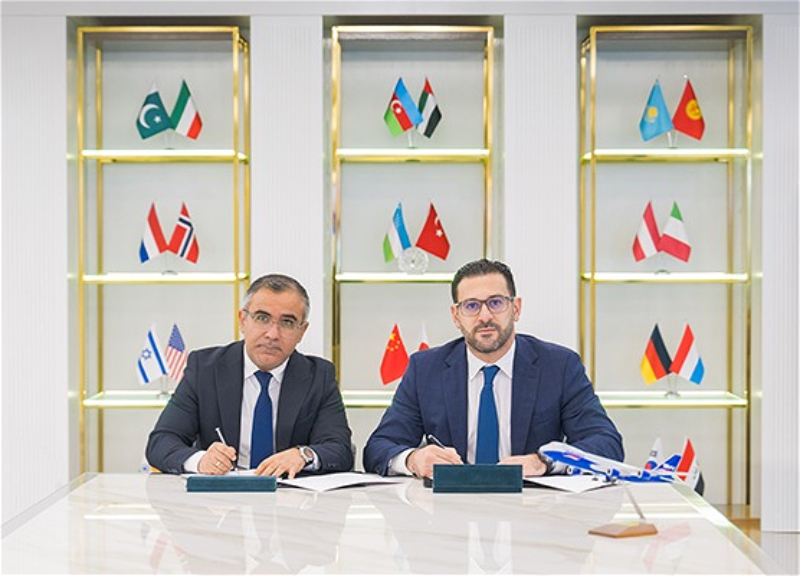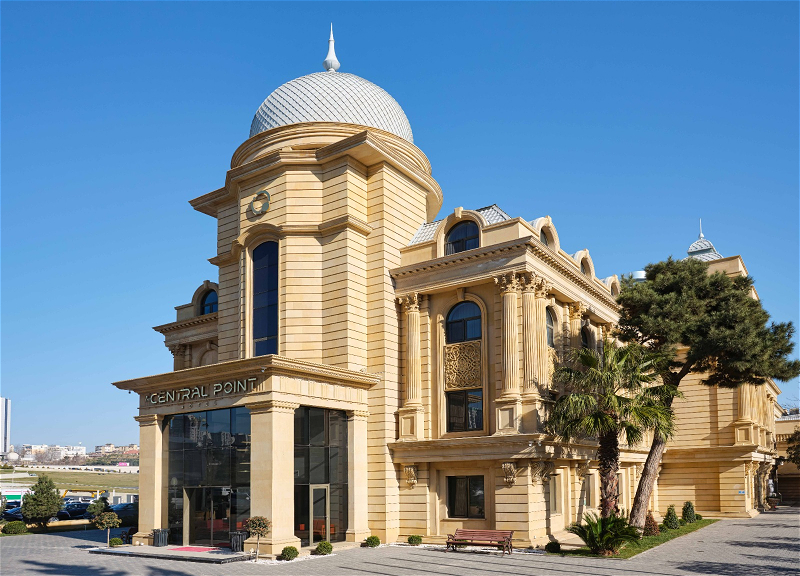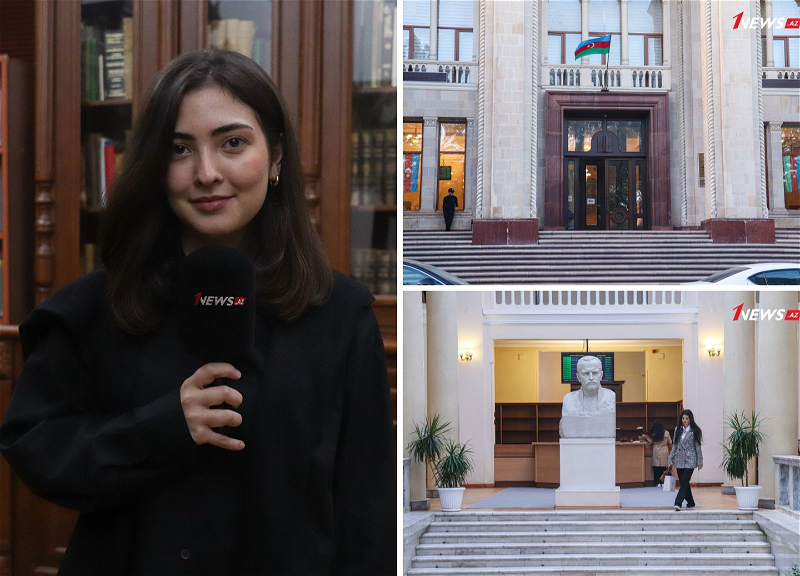The Eurasian Union: Rising or Shooting Star?

Russia’s recession and its geopolitical standoff with the West are taking their toll on the Eurasian Economic Union (EAEU).
During a summit of the EAEU’s leaders in Astana on 31 May, several participants voiced concerns over the union’s poor economic performance. And Moscow’s reaction to the recent flare-up of the Nagorno-Karabakh conflict cast doubts for Armenia on the security benefits of EAEU membership.
Against this backdrop, 18 months after the launch of the EAEU, its member states are demonstrating increasing resistance to Moscow’s vision of Eurasian integration. As a result, its success will largely depend on Russia’s leverage – positive and negative – over its smaller partners.
Looming stick, dwindling carrot
The launch of the EAEU was overshadowed by two developments. First, Russian pressure on Armenia, Moldova and Ukraine in the context of the finalisation of Association Agreements with the EU and accession to the Deep and Comprehensive Free Trade Area (DCFTA), culminating with the annexation of Crimea and a Moscow-backed insurgency in the Donbas; and, second, the global slump of commodity prices and the enforcement of Western economic sanctions over the Ukraine crisis, leading to a slowdown of the Russian economy (the ultimate guarantor of the union’s economic success). In this context, EAEU accession was perceived by its signatories as a bitter pill that could not be refused.
The EAEU is the most ambitious attempt yet at Eurasian regional integration. It has an expansive institutional structure and aims to establish the free movement of goods, services, capital and labour and to align economic policies. Other potential upsides include equal access to union-wide transport infra- structure, as well as a planned common energy market. Moreover, the potential removal of internal and external non-tariff barriers (NTBs) such as standards, quotas and embargos could significantly boost trade revenues for all members.
There are also numerous problems, however. A central issue is the economic disparity between participating countries, as evidenced through Russia’s dominance of the EAEU. Astana, Bishkek and Yerevan had to hike their import tariffs in order to comply with the common level set by Moscow. While these tariffs will progressively decrease, to some extent, as a consequence of Russia’s WTO membership, they restrict the countries’ access to the international market and increase their economic dependence on Russia. Moreover, the lion’s share of intra-EAEU trade exchange takes place between Russia and the smaller members bilaterally (96.61% of all trade between January and December 2015).
Finally, Moscow bears the brunt of the costs of integration, mainly through subsidies. As a consequence, and especially in the context of Russia’s recent displays of coercive diplomacy, the EAEU’s principle of unanimous decision-making is of questionable value. As a result of Russia’s disproportionate power, the state of its economy inevitably affects the union as a whole, as showcased by the ongoing recession, which has led to currency devaluation, as well as a slump in overall growth and remittances to fellow EAEU members.
In addition, Moscow’s foreign policy decisions have a direct impact on EAEU members. The EU is a key trading partner of Armenia, Belarus and Kazakhstan: unsurprisingly, therefore, they voted against imposing EAEU sanctions on the EU, Georgia, Moldova and Ukraine. When Russia bypassed the EAEU and took this step unilaterally, it undermined the union’s internal cohesion and credibility as a single economic actor. Moreover, the Russian (counter-)sanctions triggered controversy over the re-exporting of goods originating from the EU, which led to the imposition of new bilateral NTBs,inter alia, between Russia and Belarus and Russia and Kazakhstan.
Last but certainly not least, Armenia’s hopes for stronger Russian support vis-à-visAzerbaijan in return for Yerevan signing up to the EAEU were dashed in early April when the Nagorno-Karabakh conflict once again ignited. Armenia is a member of the Collective Security Treaty Organisation (CSTO) and has a mutual defence agreement with Russia, which has troops stationed in two bases in the country. Once hostilities broke out this April, however, Moscow neither intervened nor publicly sided with Yerevan. On the contrary, Prime Minister Medvedev declared Russia would not halt its weapons exports to Azerbaijan, and Moscow even supported Astana’s refusal to attend a Eurasian Intergovernmental Council summit in Yerevan scheduled for early April.
Damage control
Over the past year, the presidents of the four smaller EAEU members have voiced growing concerns. According to recent opinion polls, in 2015 public support for Eurasian integration decreased in Armenia (from 64% to 56%), Belarus (68 to 60%) and Kazakhstan (84 to 80%). Armenia witnessed anti-Russian protests in January 2015, when the Kremlin refused to extradite a Russian soldier accused of murdering an Armenian family, and again in April 2016, as a reaction to Russia’s continuing arms sales to Azerbaijan. In Kazakhstan and Kyrgyzstan, civil society groups like ‘Rukh Pen Til’ and ‘Kyrgyzstan against the Customs Union’ have held demonstrations against further regional integration.
There are also signs that the smaller EAEU members are starting to look elsewhere: Armenia has discussed new infrastructure and energy projects with Iran and signed a Trade and Investment Framework Agreement with the US, while Kazakhstan has stepped up its cooperation with China in the spheres of energy, trade and infrastructure. Kyrgyzstan, too, increasingly cooperates with China in the framework of the One Belt One Road (OBOR) project, and Chinese investors have replaced Russian companies in the construction of hydropower stations along the Naryn river.
Kazakhstan, Belarus and Armenia have also intensified their dialogue with the EU. In December, Astana and Brussels signed an Enhanced Partnership and Cooperation Agreement, while negotiations on a similar deal are well under way between the EU and Armenia. Meanwhile, with the recent lifting of EU sanctions and Belarus’ engagement in the Ukrainian peace process, relations between Brussels and Minsk are slowly normalising. While some of this may well be just political messaging, such efforts also represent a genuine effort to diversify partnerships.
In the pipeline
Due to a number of internal and external factors, the EAEU got off to a rough start. The lack of mutual trust and collective consensus on the scope of integration, as well as a divergence of foreign policy interests are central critical issues. This has led to tensions inside the union and prevented its members from fully integrating their markets and agreeing on a common external trade policy. Finally, there is uncertainty about the EAEU’s credibility as an independent international actor: the EAEU’s direction largely depends on Moscow’s foreign policy, and Russia has in any case bypassed the union for geopolitical reasons, thus lowering its attractiveness as a partner organisation.
That said, the EAEU has also scored some successes. Although Russia’s counter-sanctions against the EU raised tensions within the EAEU, its member states have avoided escalating the conflict and are working to remove NTBs. Moreover, the EAEU’s launch has improved the legal status of intra-union labour migrants, which is particularly important for Armenia and Kyrgyzstan. In May 2015, China and Russia also released a joint declaration on the coordination of the EAEU and OBOR, a plan that was then confirmed by the EAEU during the 2016 Astana summit. Finally, the EAEU recently initiated talks with Serbia on the establishment of a unified trade regime.
In other words, while serious structural challenges remain, the EAEU may yet prove to be a successful endeavour.














